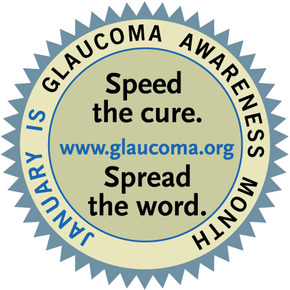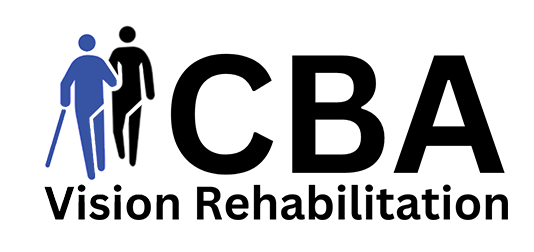
Glaucoma is a set of eye conditions that cause damage to the optic nerve, negatively impacting vision. There are multiple types of glaucoma, including open-angle glaucoma and acute angle-closure glaucoma. Signs and symptoms of the condition vary by the type of glaucoma, but a central tenet is the presence of abnormally high intra-ocular pressure. Glaucoma’s impact is significant, as it is one of the leading causes of blindness in people over age 60, but it can occur at any age. Some forms of glaucoma have no warning signs and affect vision so gradually that it may not be noticeable until it’s at a later stage. Most annual vision exams include a glaucoma screening to detect early signs of glaucoma and increased eye pressure, which may slow or prevent the progression of the condition.
Most Common Types of Glaucoma
In Open-Angle glaucoma, the most common form, the drainage angle created by the cornea and iris is open, but the trabecular meshwork is partially blocked. This increases the pressure in the eye gradually and damages the optic nerve, sometimes so slowly that you’re not even aware of the problem. In Open-Angle glaucoma, a person might experience patches of blind spots in either central or peripheral vision, and in late stages progress to tunnel vision, losing most of the peripheral visual field.
Acute angle-closure glaucoma, or closed-angle glaucoma, occurs when the drainage angle is narrowed or blocked by the iris bulging forward, resulting in limited fluid circulation and increased pressure. Closed Angle glaucoma is marked by eye redness, blurred vision, halos around lights, eye pain, nausea and vomiting, and severe headache.
While many people experience high intraocular pressure with glaucoma, normal-tension glaucoma is common form of open-angle glaucoma where the optic nerve is damaged despite having normal eye pressure levels. This type of glaucoma represents about 30-40% of glaucoma cases.
Risk Factors for Developing Glaucoma
It’s important to be aware of the risk factors for glaucoma, as it is possible to incur damage from the condition prior to experiencing any symptoms. Some of the risk factors are:
-Being over age 60
-Having high intraocular pressure
-Being black, Asian or Hispanic
-Having family history of glaucoma
-Being extremely nearsighted or farsighted
-Having corneas that are thin in the center
-Taking corticosteroid medications (especially eyedrops) for a prolonged time
-Having diabetes, heart disease, high blood pressure, or sickle cell anemia
-Having any eye injury or certain types of surgery
How to Detect and Slow Glaucoma
There are many steps you can take to detect glaucoma early and to prevent any further vision loss or slow the progression.
-Get to know your family’s eye health history
If it runs in your family, you may need more frequent screenings.
-Schedule regular dilated eye exams
Different age groups have different examination frequency recommendations, so speak with your eyecare professional to find out how often you should be seen.
-Exercise regularly
Exercising regularly may help to prevent glaucoma by reducing eye pressure, so talk to your doctor about an appropriate exercise program for your needs.
-Wearing eye protection
Eye injury may lead to glaucoma, so be sure to wear eye protection when using power tools or playing risky sports.
-Take prescribed eyedrops as recommended
Use of glaucoma eyedrops can significantly reduce the risk of high intraocular pressure progressing into full glaucoma, so use your prescribed eyedrops as recommended by your doctor even if you don’t have symptoms.
Citation: Mayo Clinic- Glaucoma
https://www.mayoclinic.org/diseases-conditions/glaucoma/symptoms-causes/syc-20372839





